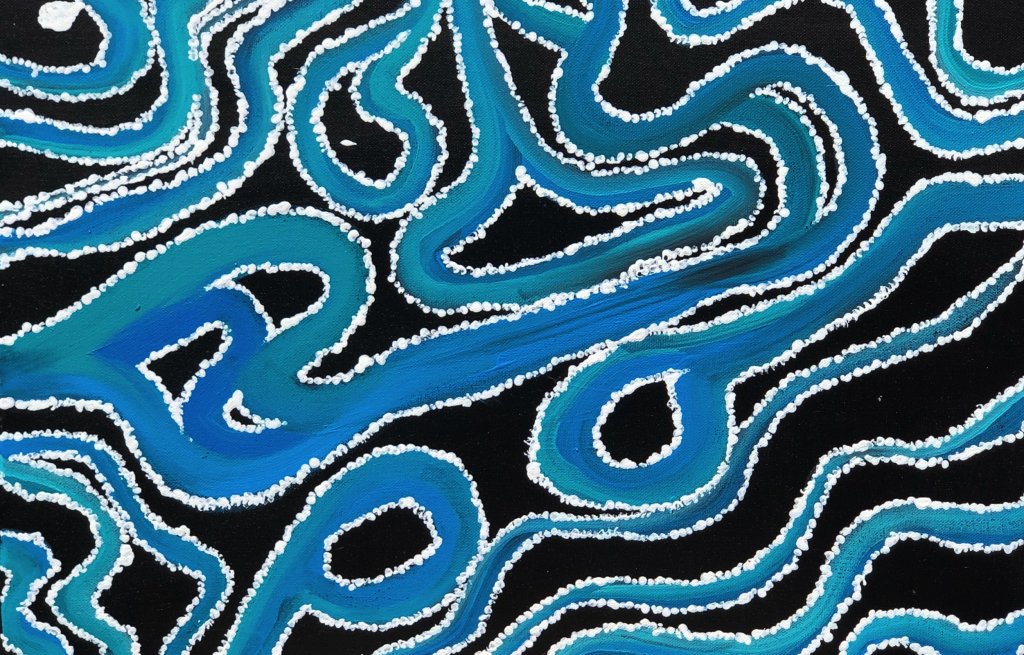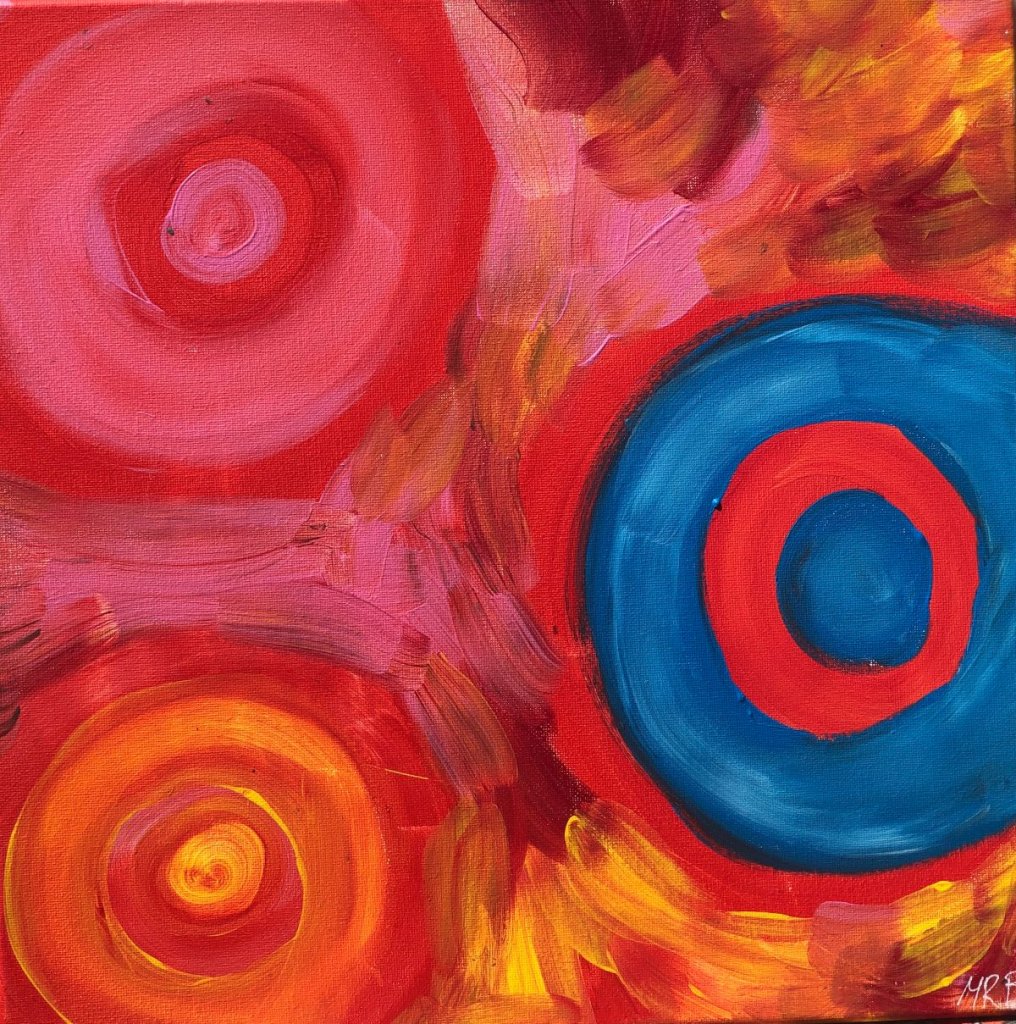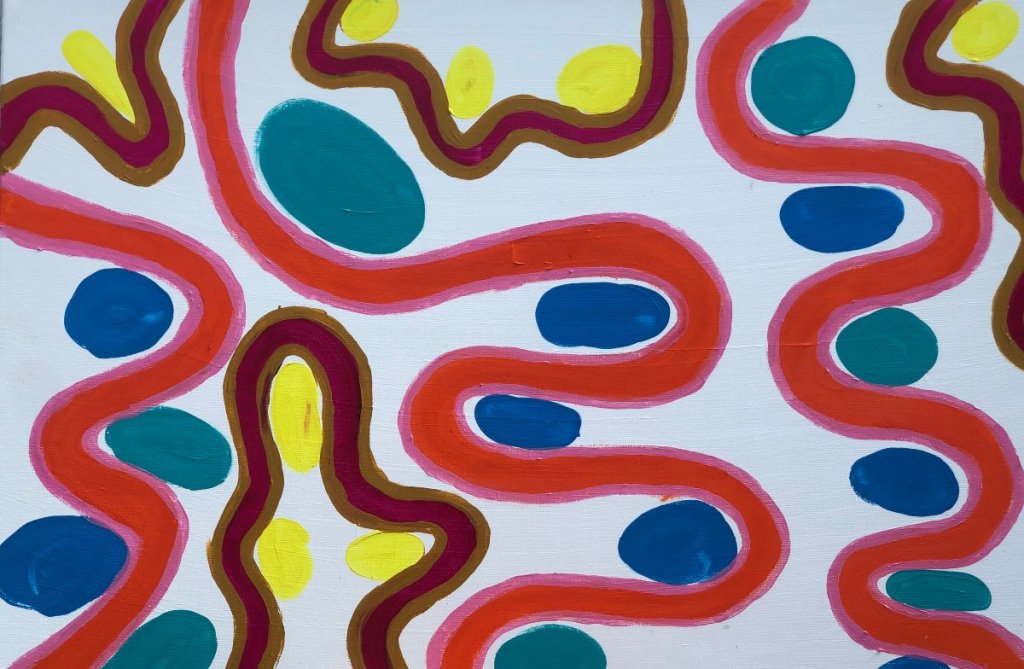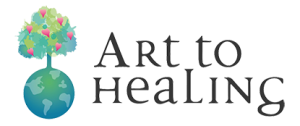Art to Healing is holding our inaugural art fundraiser from 8th March – 8th April 2022 to further trauma-informed programming and support for survivors of sex trafficking and gender-based violence.


Women and children may be sold into slavery because their family environment is unsafe. Families often are unable to afford food and safe drinking water; selling a daughter into slavery alleviates some of the pressures for providing for another family member.
As a result of this, many of the women and children Art to Healing works with suffer from complex trauma. They have not developed or lost the capacity to express themselves and articulate their thoughts and feelings through verbal language. Traditional talk therapy can be re-traumatising and unhelpful in these instances. It is imperative for survivors to access to appropriate mental health support to bolster emotional and psychological well-being, to create resiliency.
Expressive art therapy provides a bridge through the use of the arts. Participants are able to safely process their thoughts, feelings, and experiences in a way that is comfortable to them with the guidance and support of trained art therapists. Mediums such as dance, painting, music, and writing, have proven an effective way to build internal resilience and help mend trust in external relationships.
Trauma physically changes the composition of the brain. The resulting re-wiring, leads to an individual’s increased susceptibility and pre-disposition to illness because of the pre-occupation with the next traumatic attack.
In the animal kingdom, if an animal is unable to shake-off the trauma they have encountered, they can die. In the human world, it manifests in long-term physical and mental side effects with the trauma not only being locked into the brains but in the tissue, as well.
Art to Healing understands the importance of understanding trauma’s effect on the body and provides programming for trafficking survivors to be able to move past these situations, so that it does not dictate the rest of their life. We have a success rate of 89% when working with survivors in reducing psychological distress.
According to the United Nations, there are roughly 370 million individuals that self-identify as indigenous. These groups have distinct social and cultural attributes outside mainstream society, and resolve to maintain their distinct way of life. In their unique position, they are often disproportionately marginalised and affected, leaving them vulnerable to attack. As they can lack citizenship, access to services, and formalised education, they are particularly targeted by traffickers.
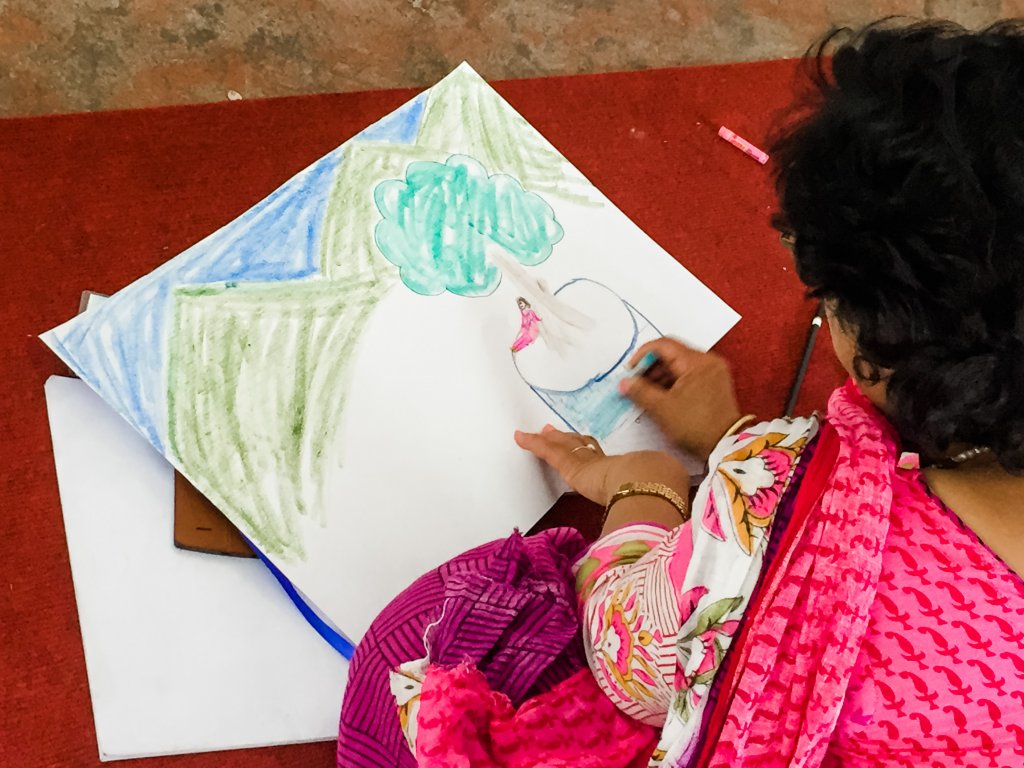
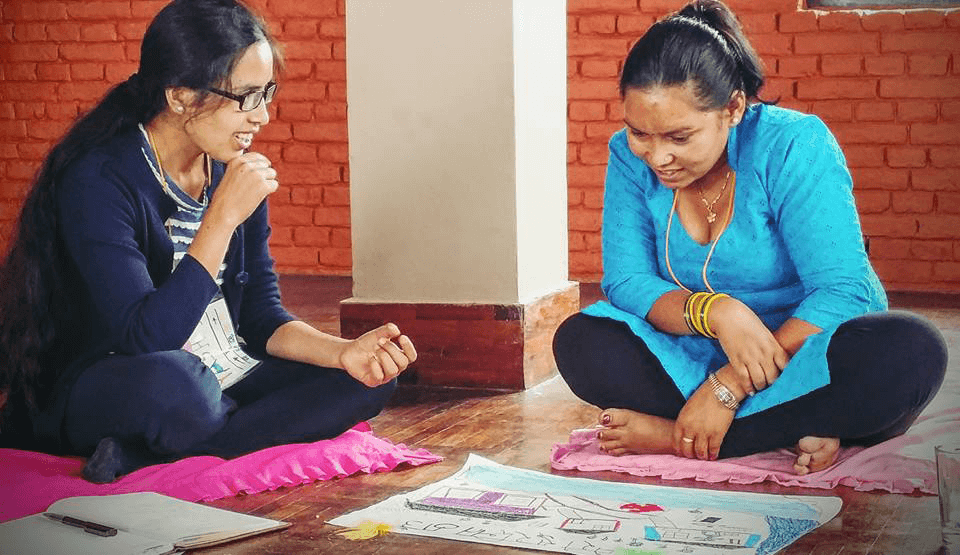
OUR FEATURED ARTIST

MANMIYA (OBBY) BEDFORD
Manmiya “Obby” Bedford, a Bunuba Aboriginal survivor of childhood sexual assault from Kimberly, North-Western Australia. She started painting as a form of self-expression when words couldn’t describe what she was feeling.
She writes this about her journey of recovery and her relationship with art:
“I didn’t realise that my body was feeling so on edge, worn down, and at times just ill because of the trauma that was stuck in my body. I personally didn’t want to talk all the time and in-depth about my feelings and in all honesty, I did not know how to.
Creating art gave me my own way of expressing how I was feeling without having to use any words.
I paint with mostly acrylics on canvas. I love to use acrylics as they are fast-drying, and often when I begin a painting I do so because I have an itch to get something out of me that feels as if it is trying to bubble out.
I use bright colours as they are a truer reflection of my personality, very bright and hard to miss. A few of my colour palettes also reflect the natural colours found in the Kimberly, the earthy tones, (including purples) and all of the different shades that are found in the waters.”
“I am a strong and very vocal advocate for mental health in the Indigenous community and have recently gained the confidence to be vocal on sexual assault as well. Our communities sadly have been fractured by colonisation and haven’t yet received the support and care we need to be as healthy as we once were.
Right now there seems to be shame attached to going to therapy like it’s a ‘white person’ thing, but I’m trying to be someone within the community to say that’s not so. We’re hurting and there’s no shame in asking for help, especially when someone has experienced serious trauma.
An incredible realisation was that with creating art mindfully when it came to explaining it (with help) I learnt so much about myself, and my emotions. Where those feelings were inside my body and what colours and shapes they were. I would recommend and highly encourage anyone who has trouble vocalising their emotions to try somatic and art therapy together.”

BUY ART AND SUPPORT LIVES
50% of profits go towards the artist, and 50% goes towards supporting the survivors of child sex slavery to re-imagine and empower a new life for themselves. Every purchase above $2 is tax-deductible.
OUR GUEST ARTIST
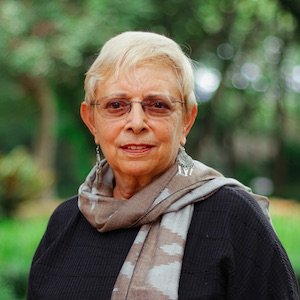
SUSAN MORGAN
In the mid-1970s, Susan was co-owner of the Nobé Gallery in New York, featuring emerging artists.
During the 1980s, sheworked as the personal assistant for the artists Christo and Jeanne-Claude, and had the great opportunity to work closely on the Surrounded Islands: Project for Miami and the Pont Neuf: Project for Paris. In the early 1990s, was the videographer and co-produced of the documentary film Threads of Life: Hemp and Gender in a Hmong Village. In 2010, the author of the article ‘Skydancers and other Mystiques: Works by Skowmon Hastanan’ published by Femspecs.
The painting Dreaming of Roses is currently featured on the cover of the current Femspecs edition. In 2010, was the guest lecturer at both the National Art Museum in Bangkok speaking about the 100 Years of Thai Women Artist and Chiang Mai University’s Language Institute where she gave talks on her research work related to food and spirit worship in Thailand.


